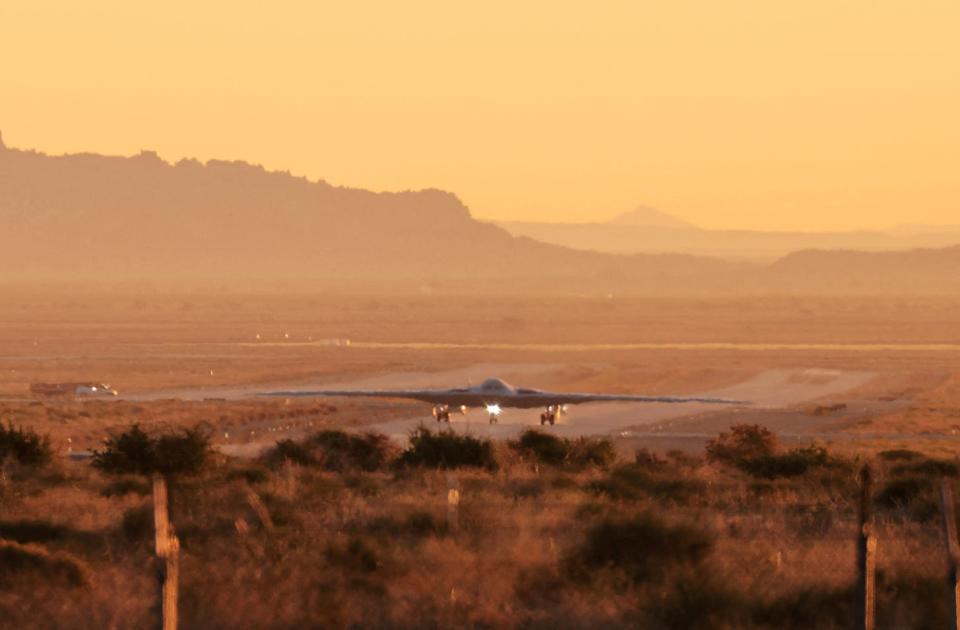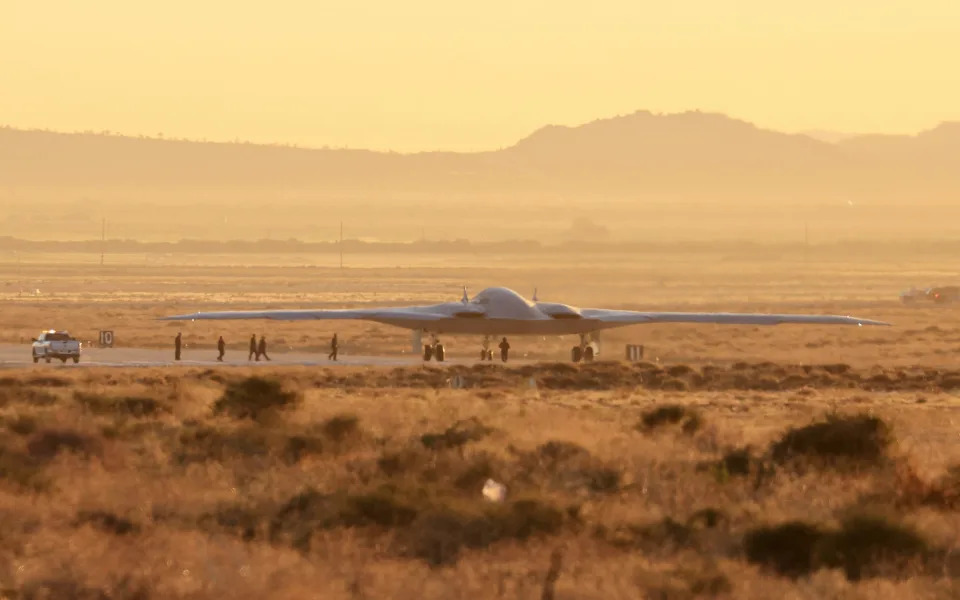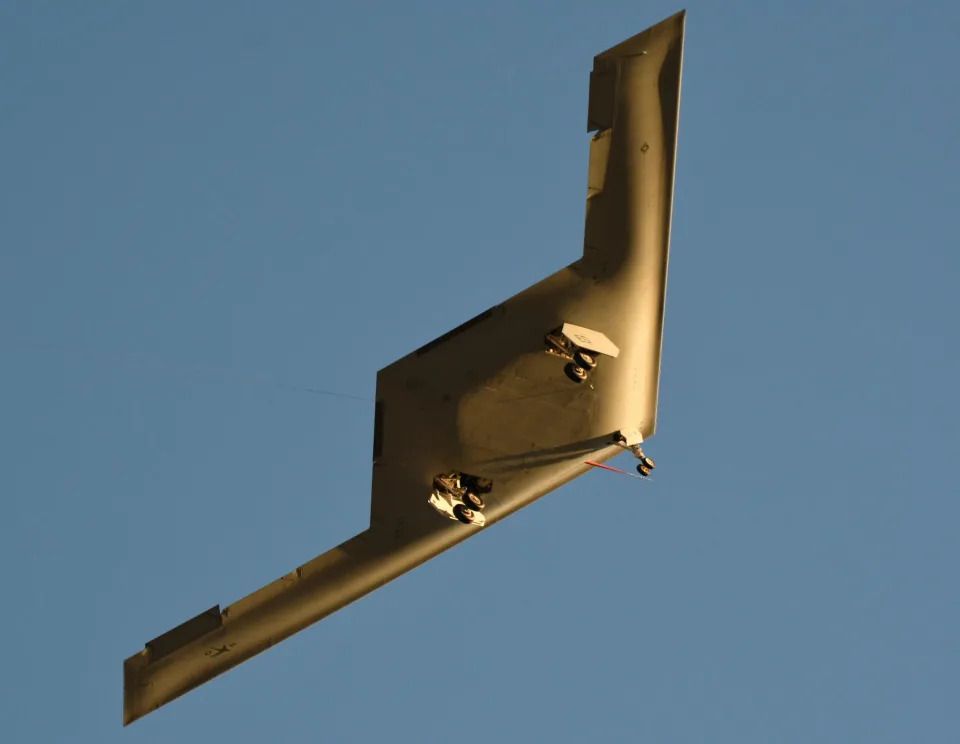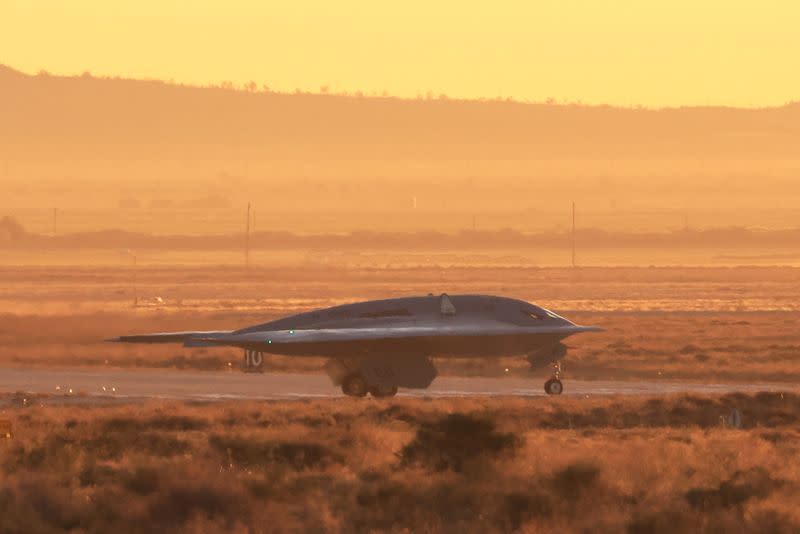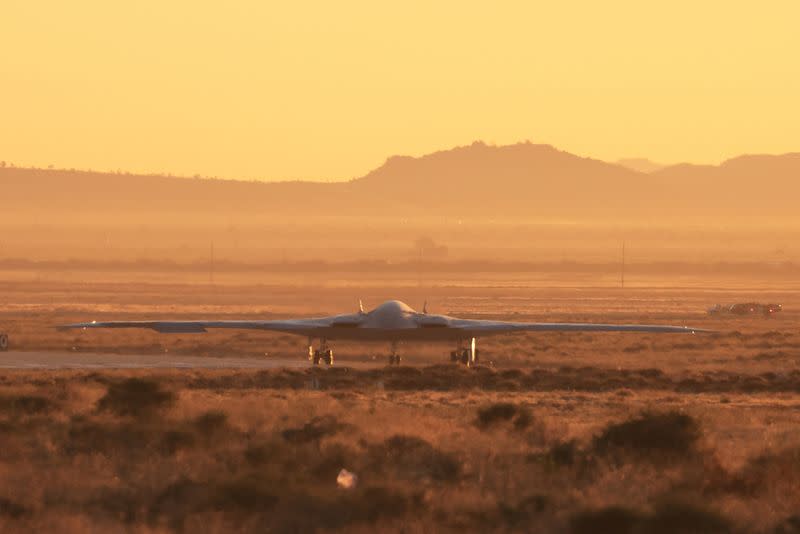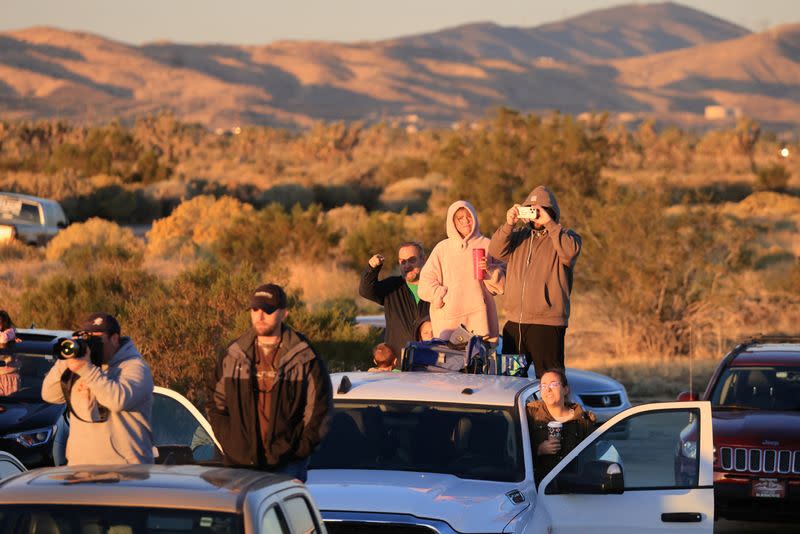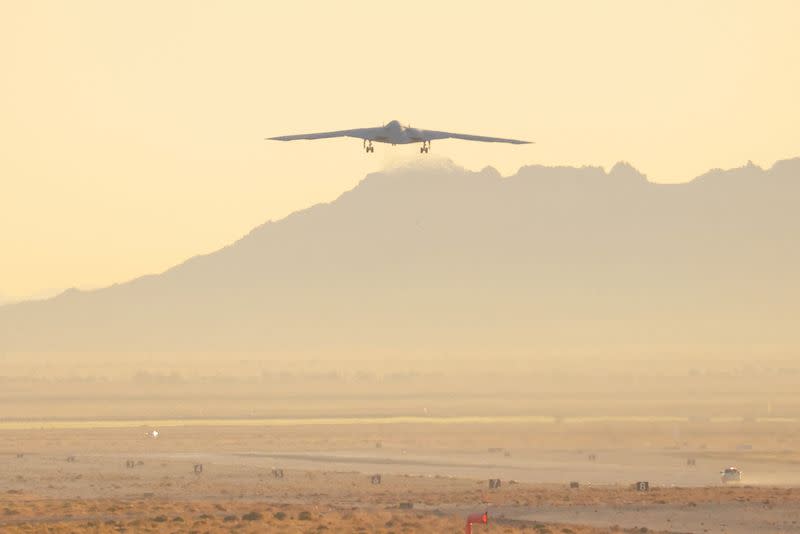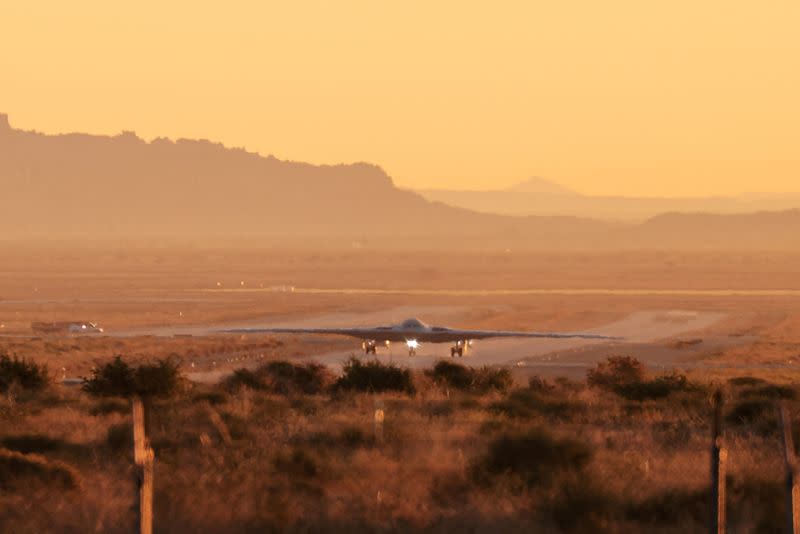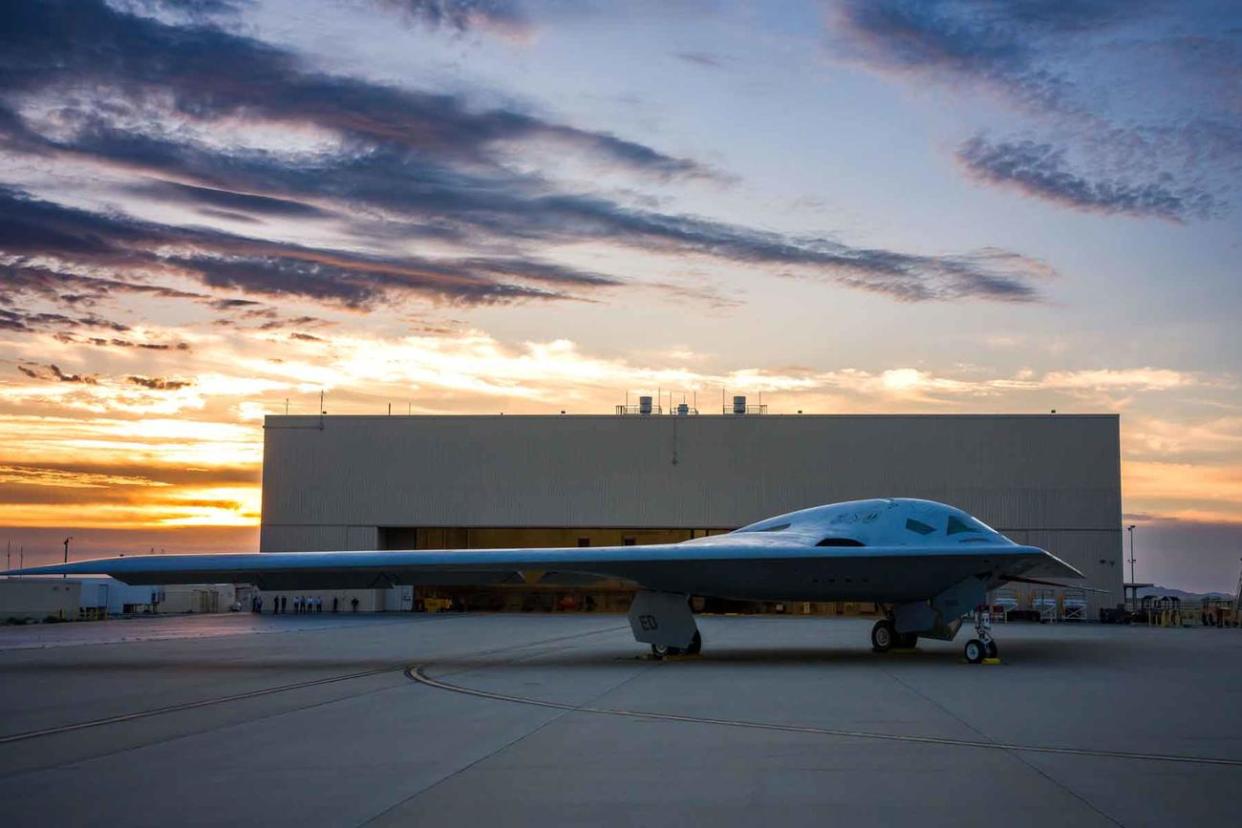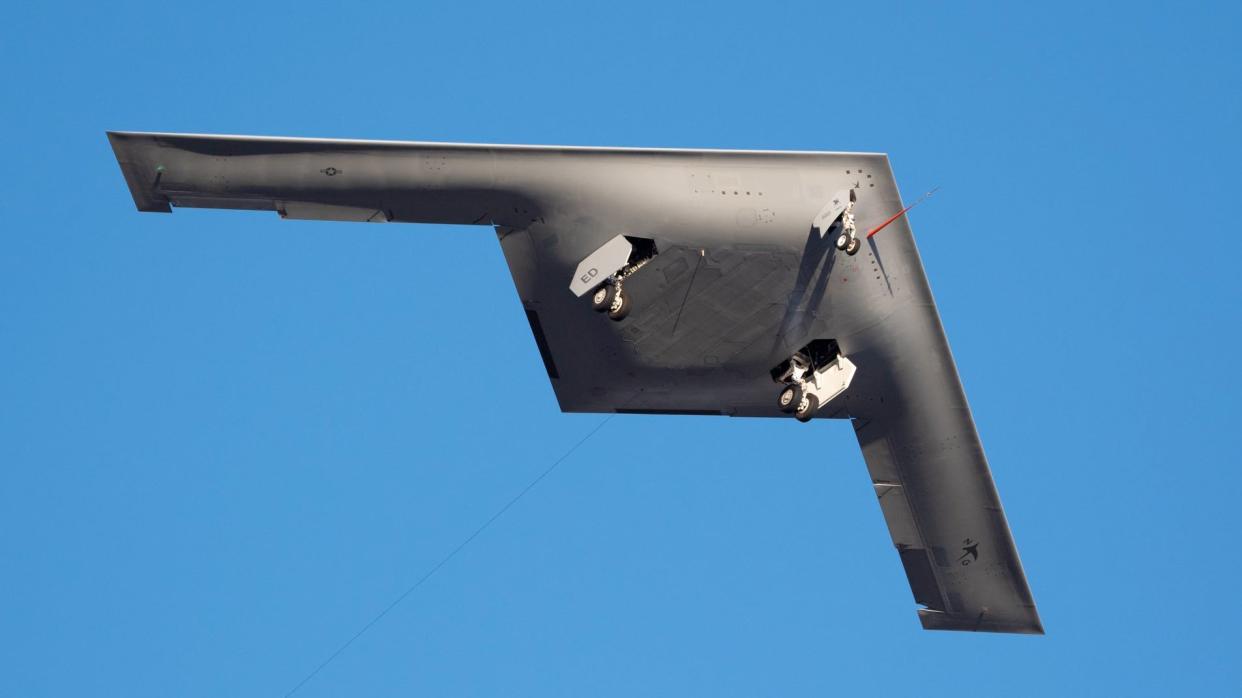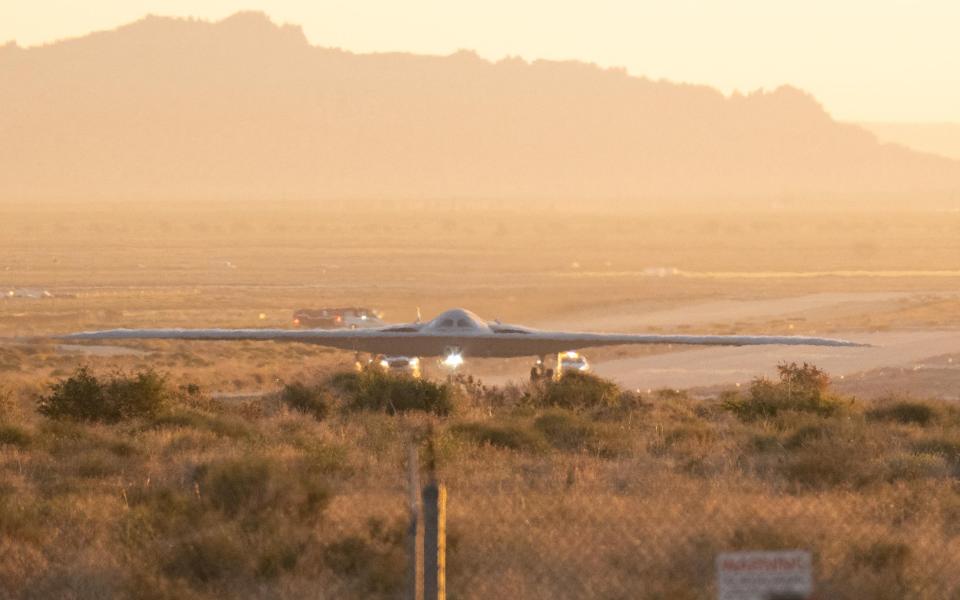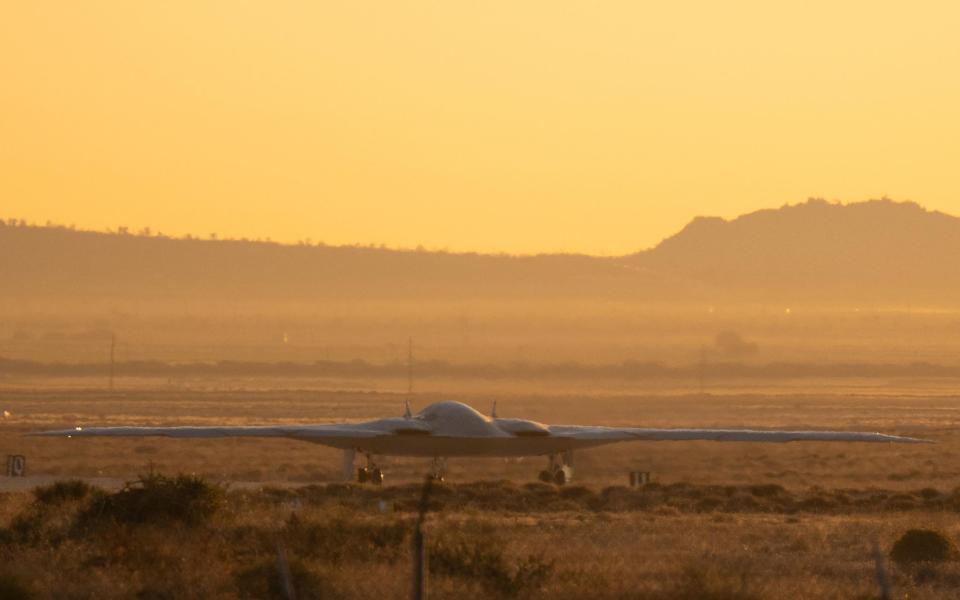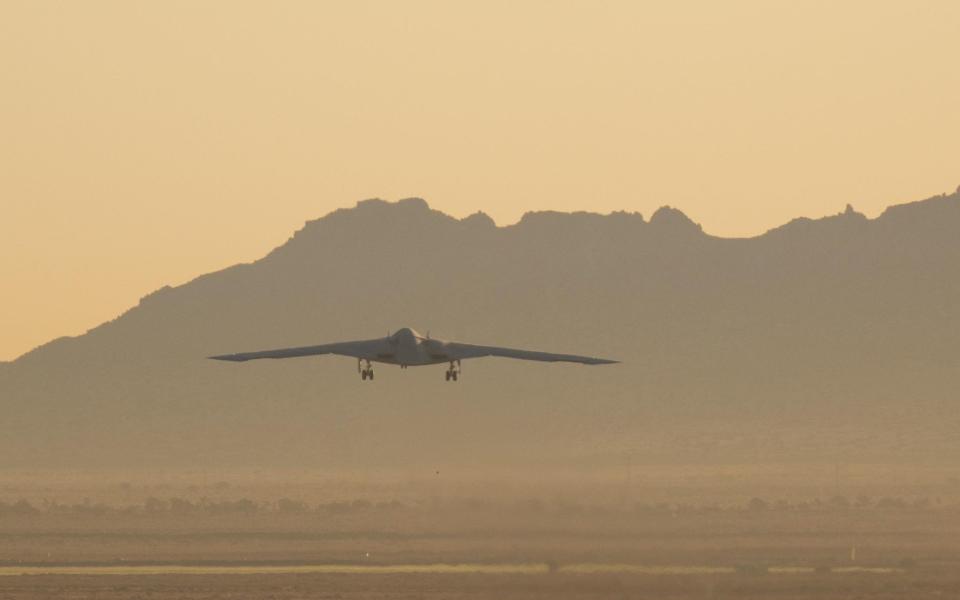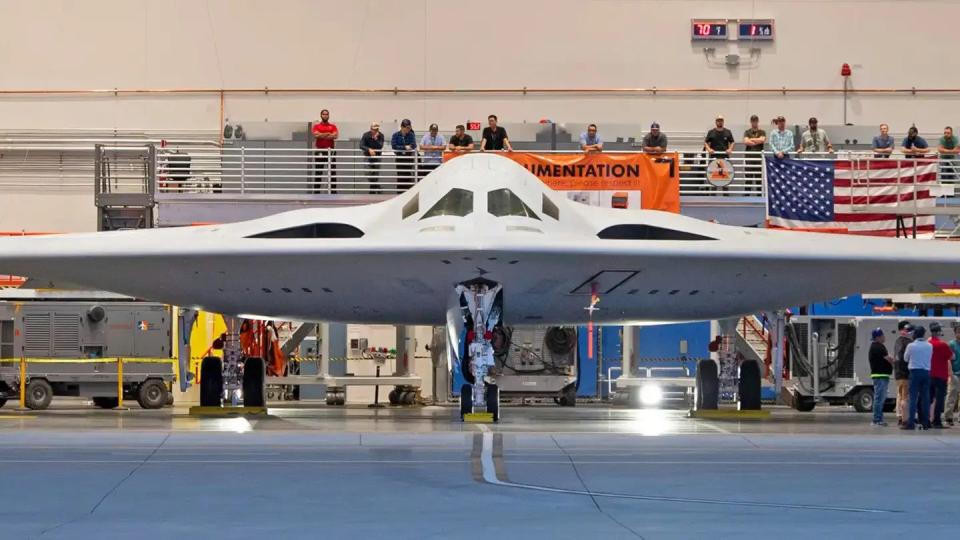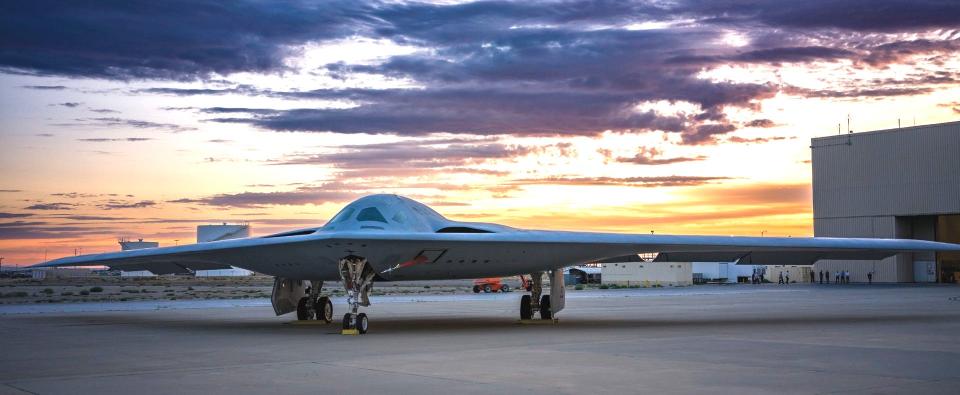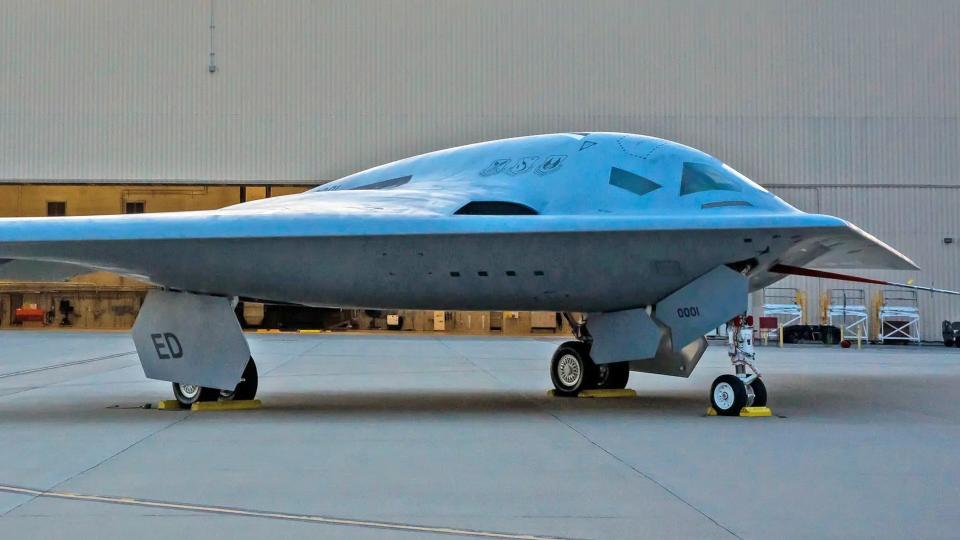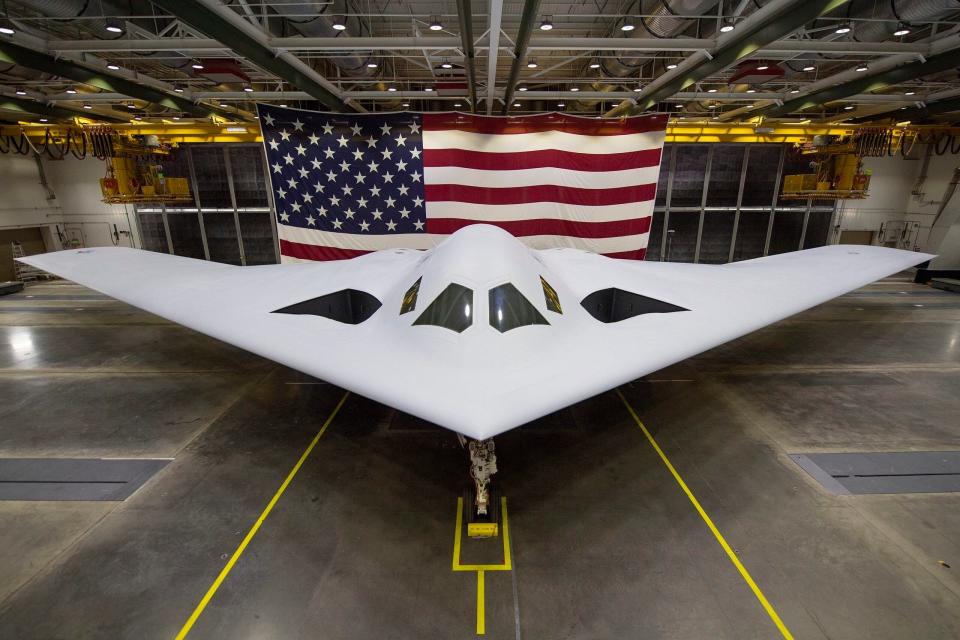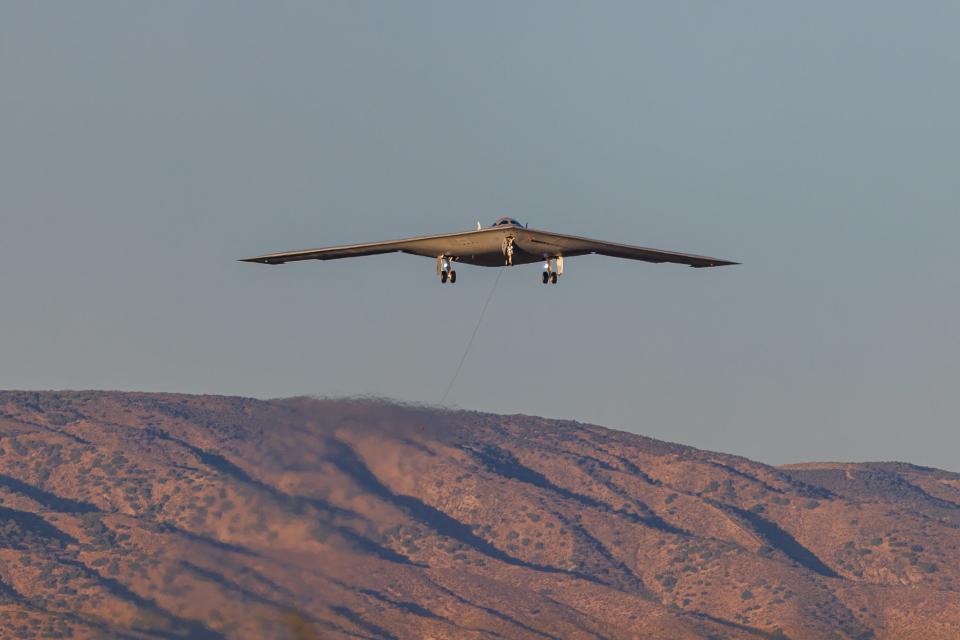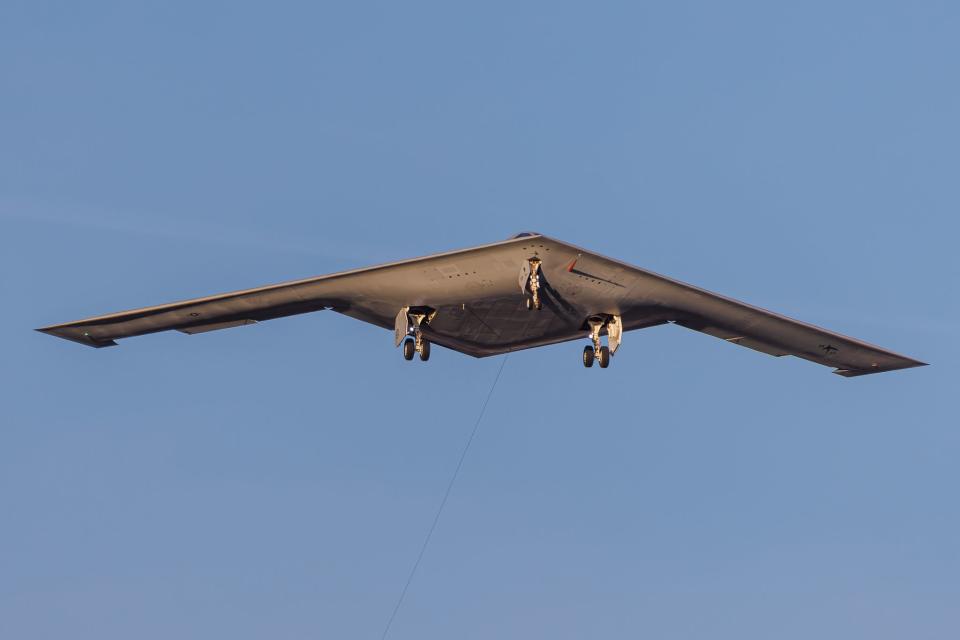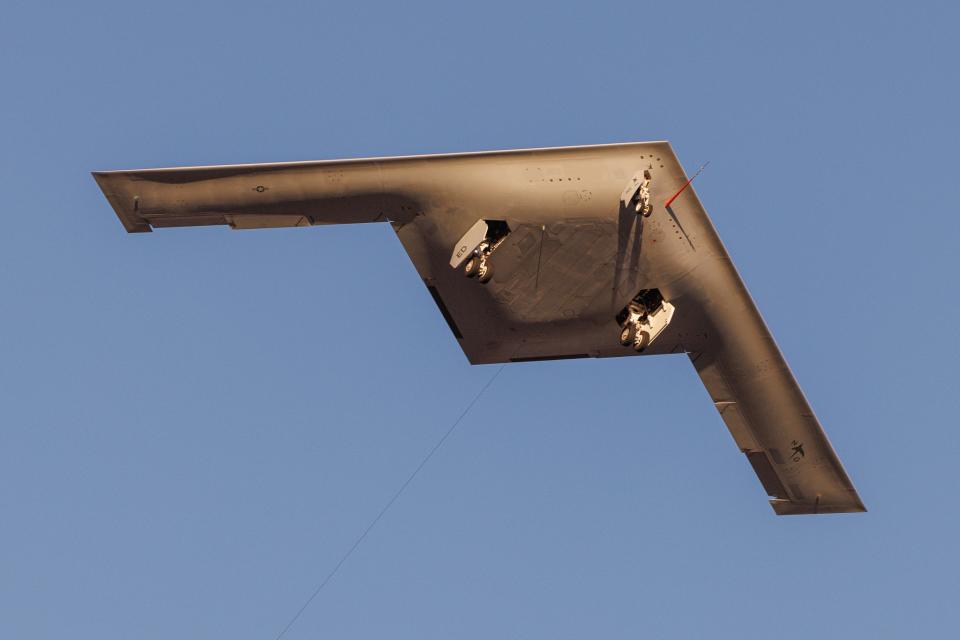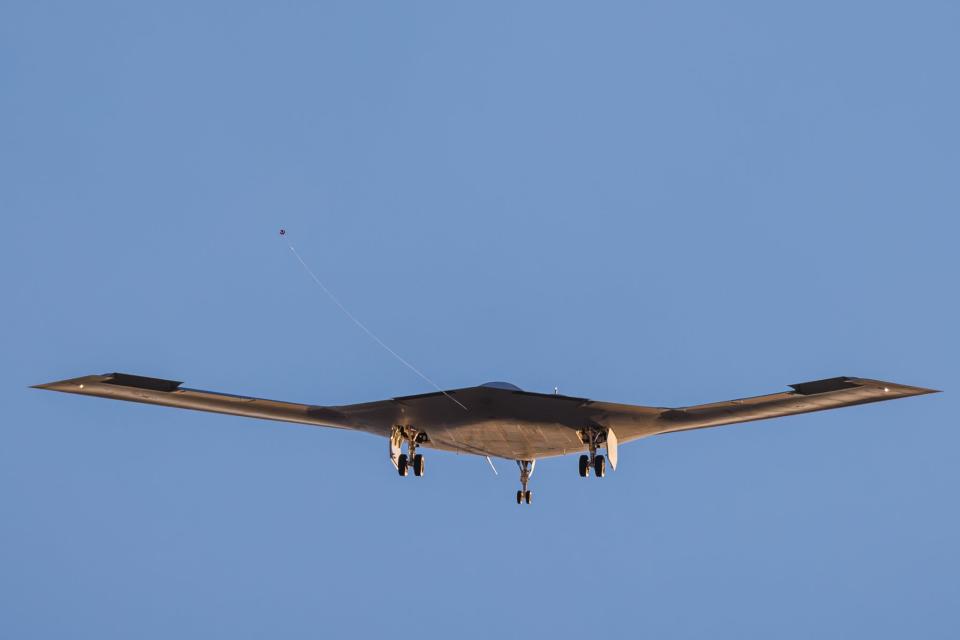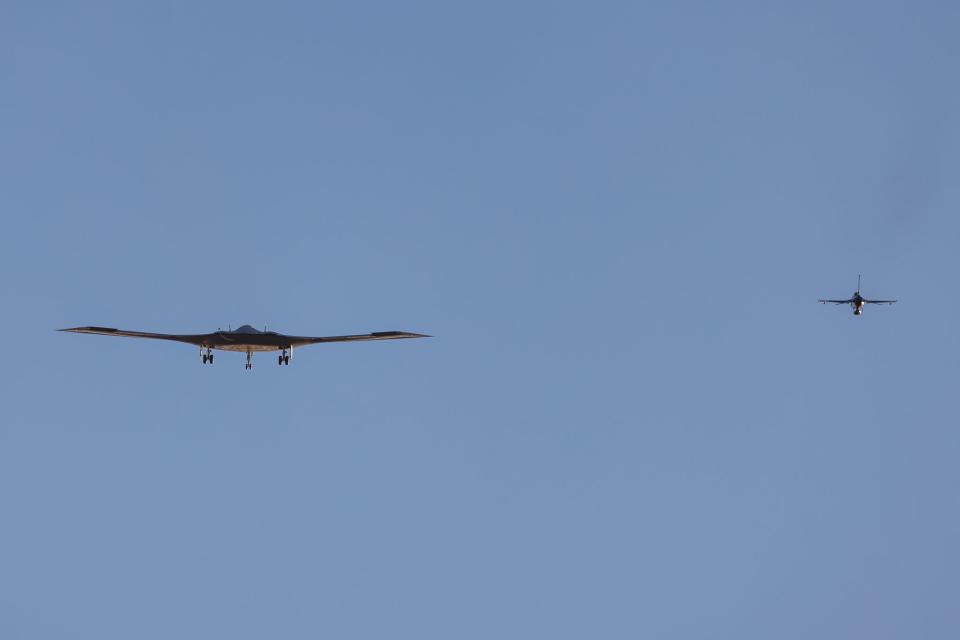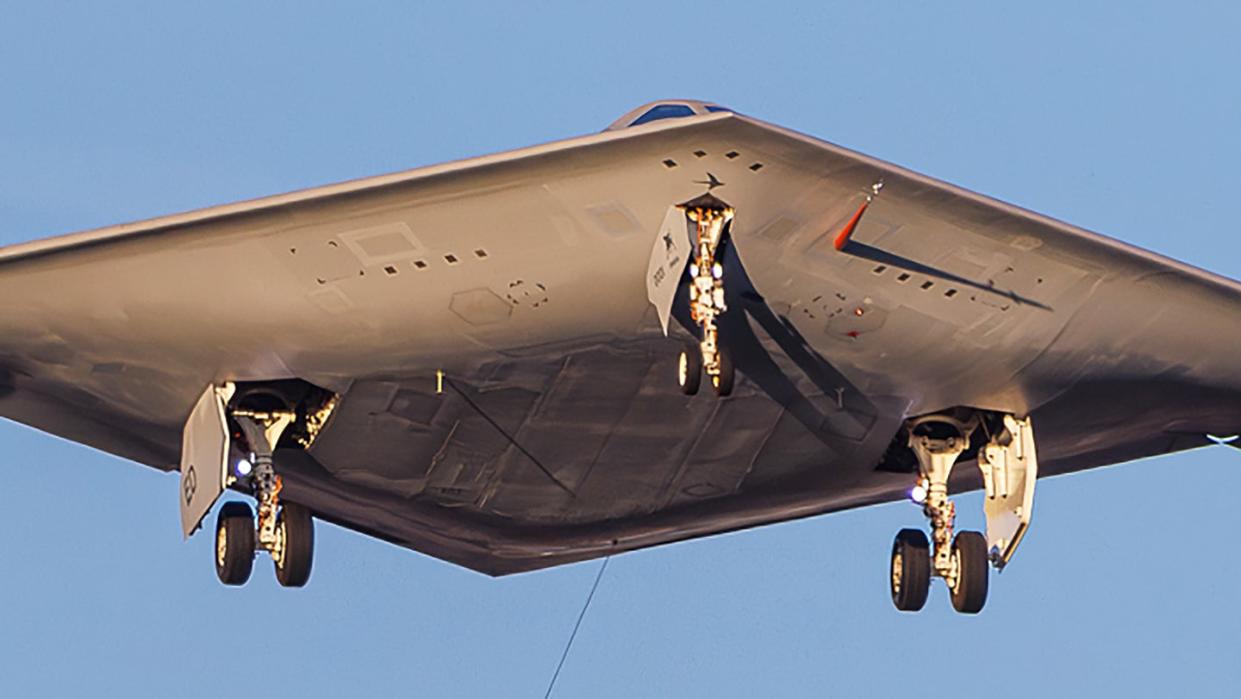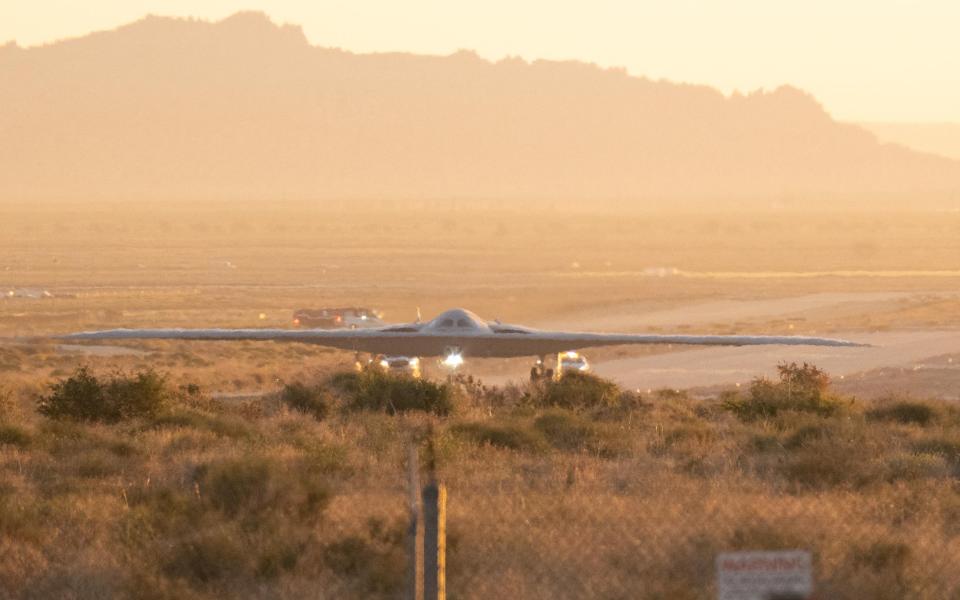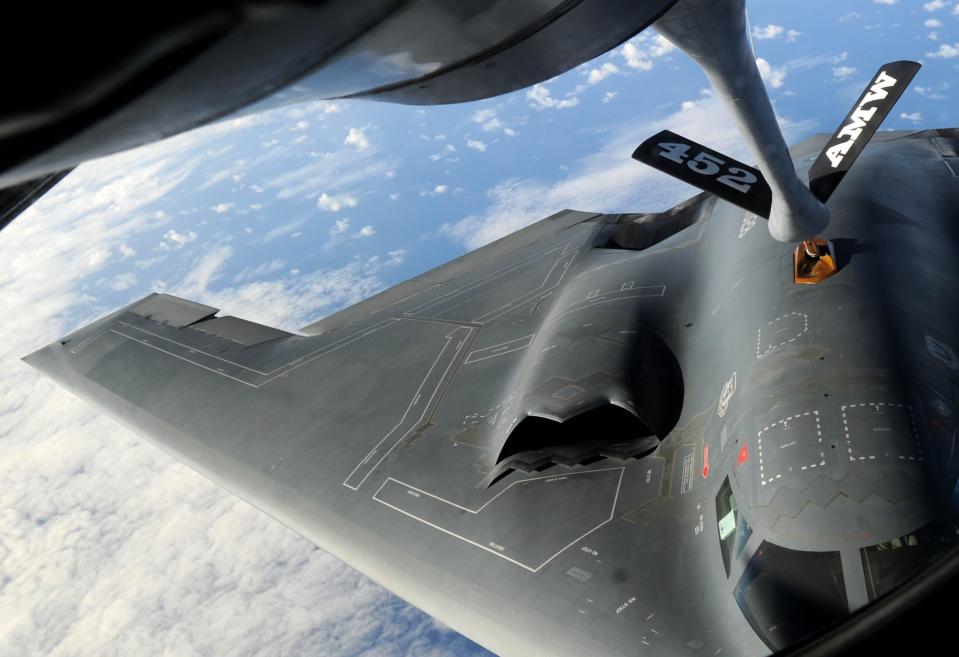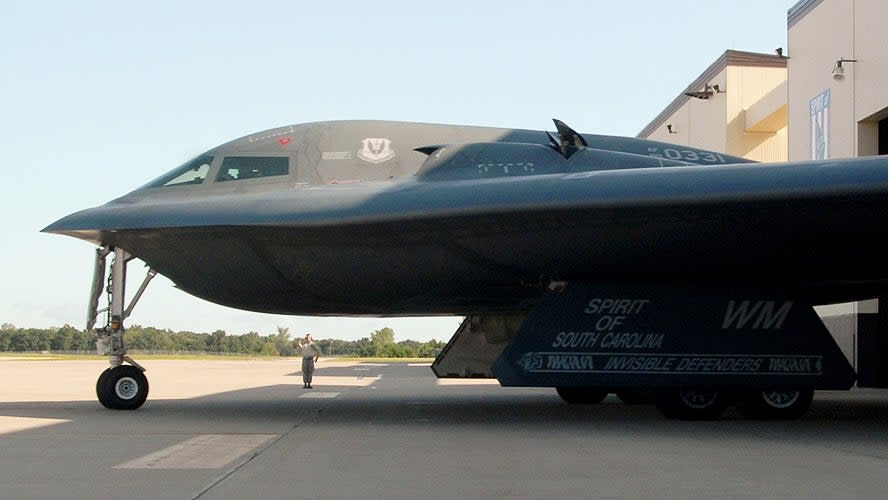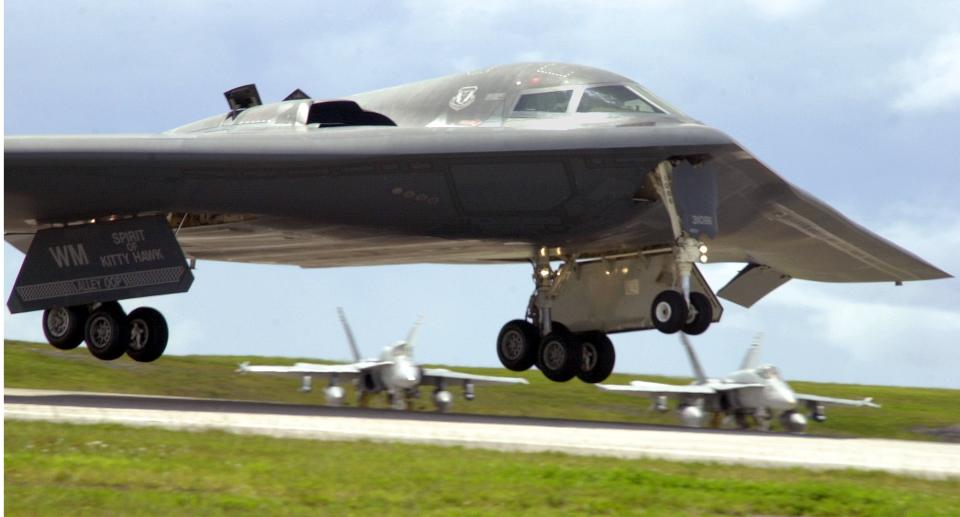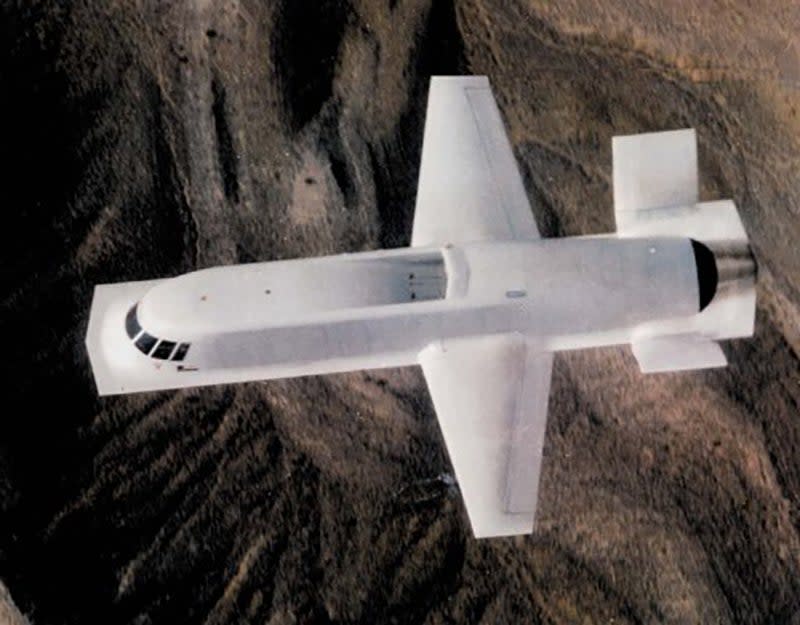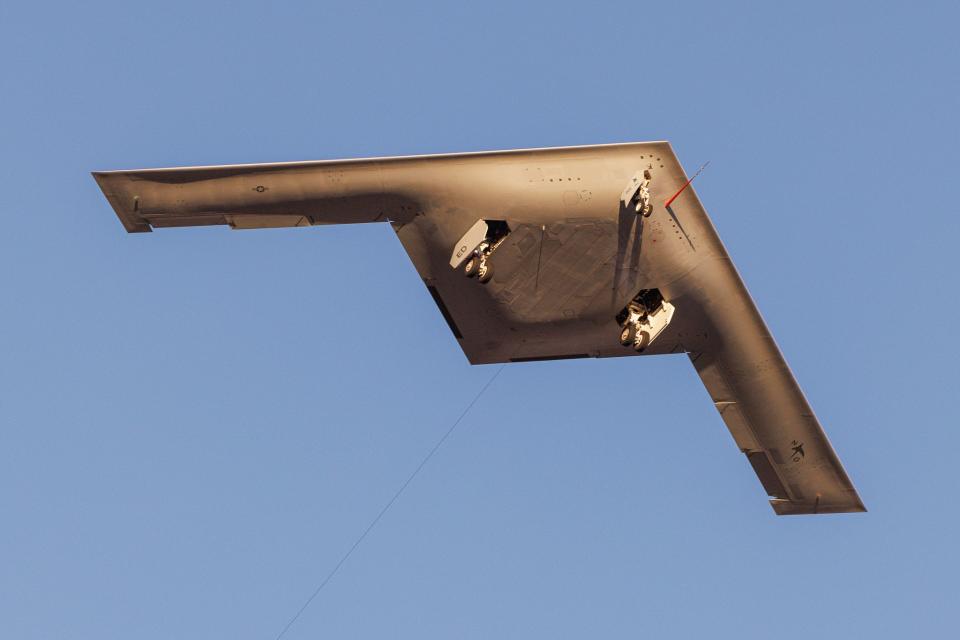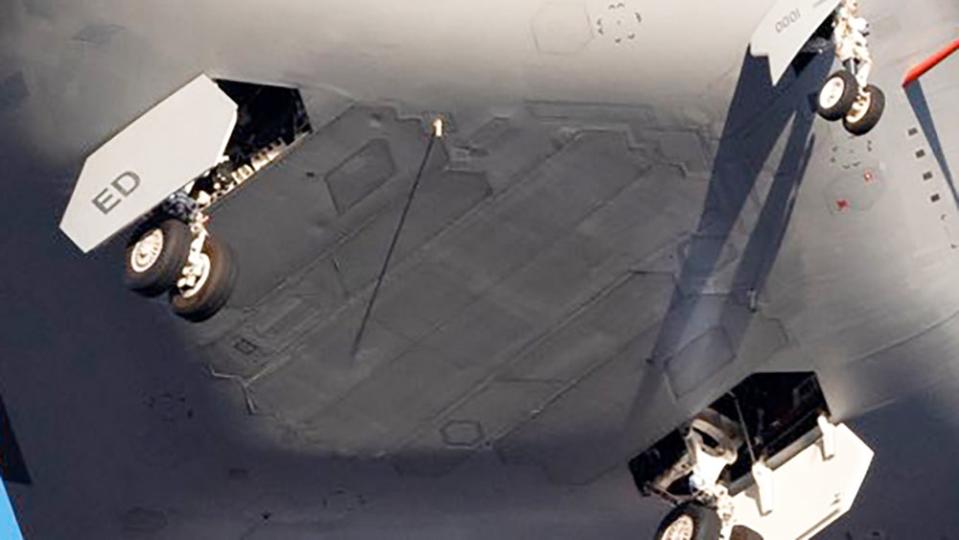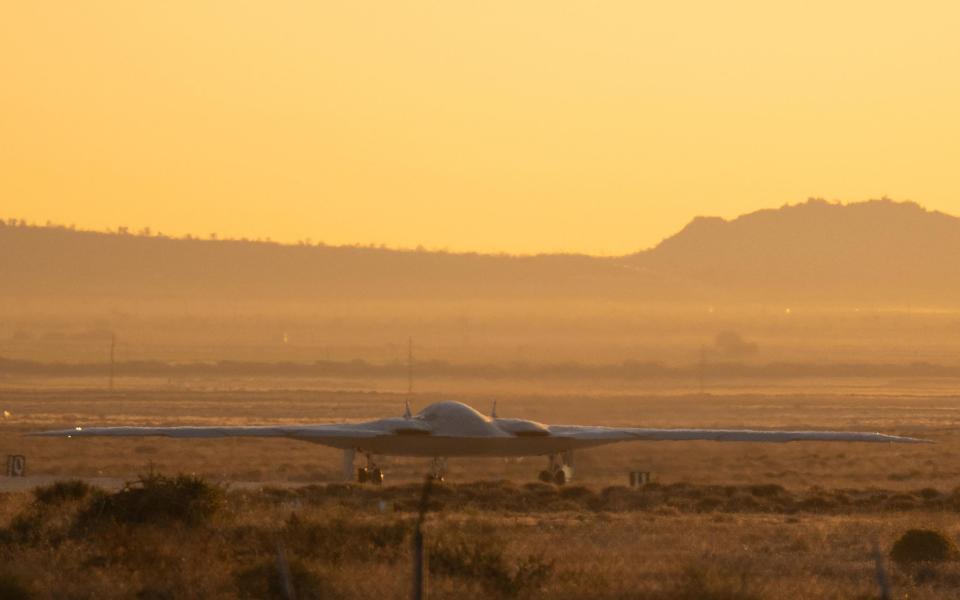Thomas Naadi - BBC News
Fri, November 10, 2023

A man has appeared in court after a famous 300-year-old kola tree in southern Ghana was chopped down.
Pictures of the felled tree, located in the town of Feyiase, caused outrage among Ghanaians online.
The ancient tree dated back to the Ashanti Kingdom, part of modern-day Ghana. It was thought to have healing powers and became a tourist attraction for Ghanaians and foreigners alike.
The man pleaded not guilty to causing unlawful damage, and was granted bail.
He has not been named.
According to local lore, the tree grew in the spot where renowned priest Komfo Anokye spat a kola nut on the ground in the early 1700s.
Many in the community believed the black and white seeds of the kola tree could cure ailments and curses.
The tree was in the middle of a major road linking Ghana's commercial hub, Kumasi, to Lake Bosomtwe, a national tourist destination.
It was spared during the construction of the highway because of its popularity.
It is not clear why it was cut down now.
The director of research at Manhyia Palace, seat of the Ashanti royal family, Osei-Bonsu Safo Kantanka, told the BBC on Thursday that the site of the tree was significant in the history of the Ashanti Kingdom.
The Battle of Feyiase saw the Ashanti people battling for their independence against the powerful kingdom of Denkyira.
Mr Kantanka said the location of the tree "was the same spot the people of Denkyira were defeated by the Asantes".
Komfo Anokye, the man said to be responsible for the tree, was a powerful fetish priest - a person believed to act as a mediator between the spirit and living.
Oral tradition says he buried a sword in the ground, which remains firmly in place and can never be removed, on the premises of a hospital in Kumasi that bears his name.
The presence of the tree was a constant reminder of his exploits.



